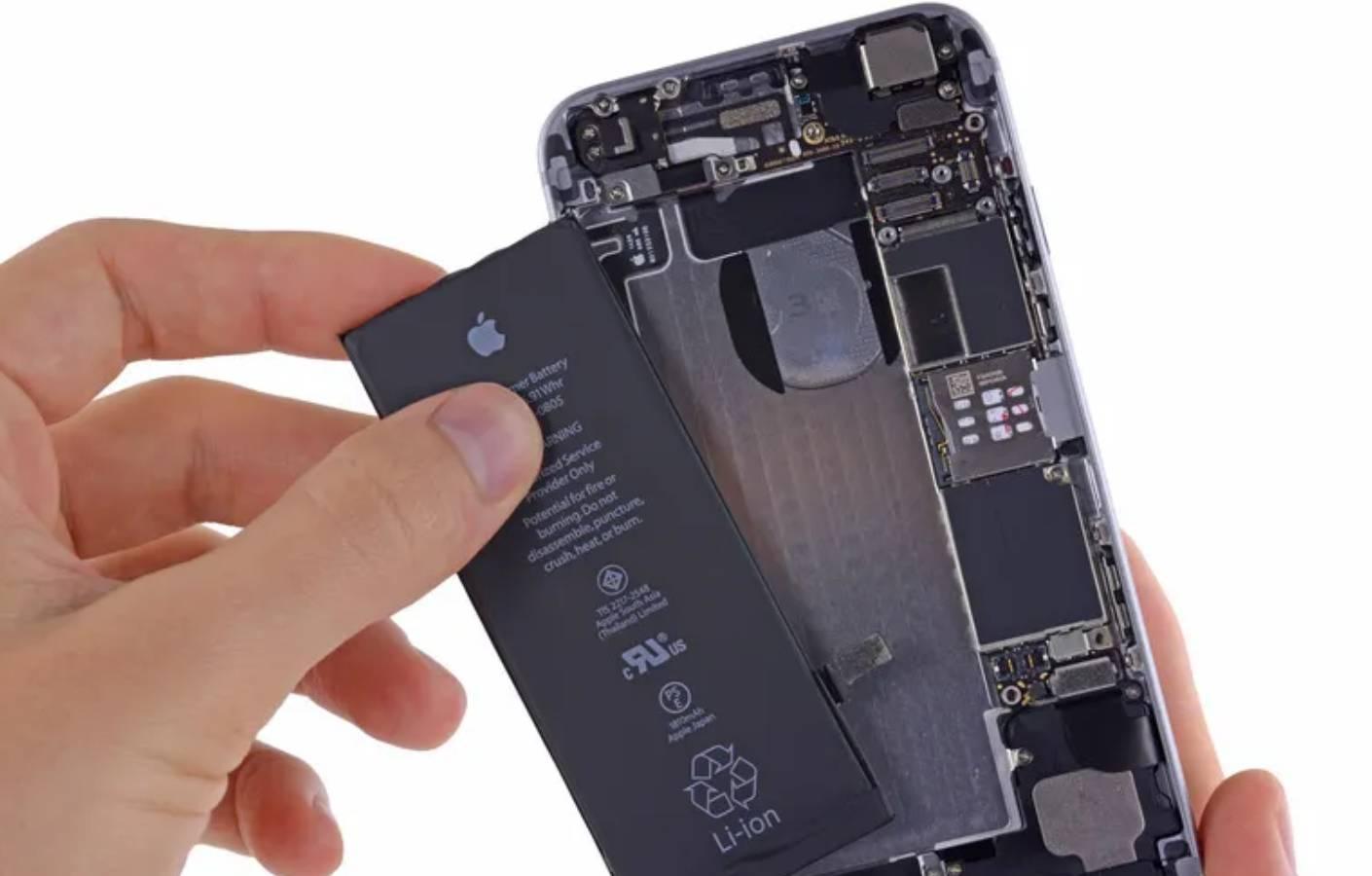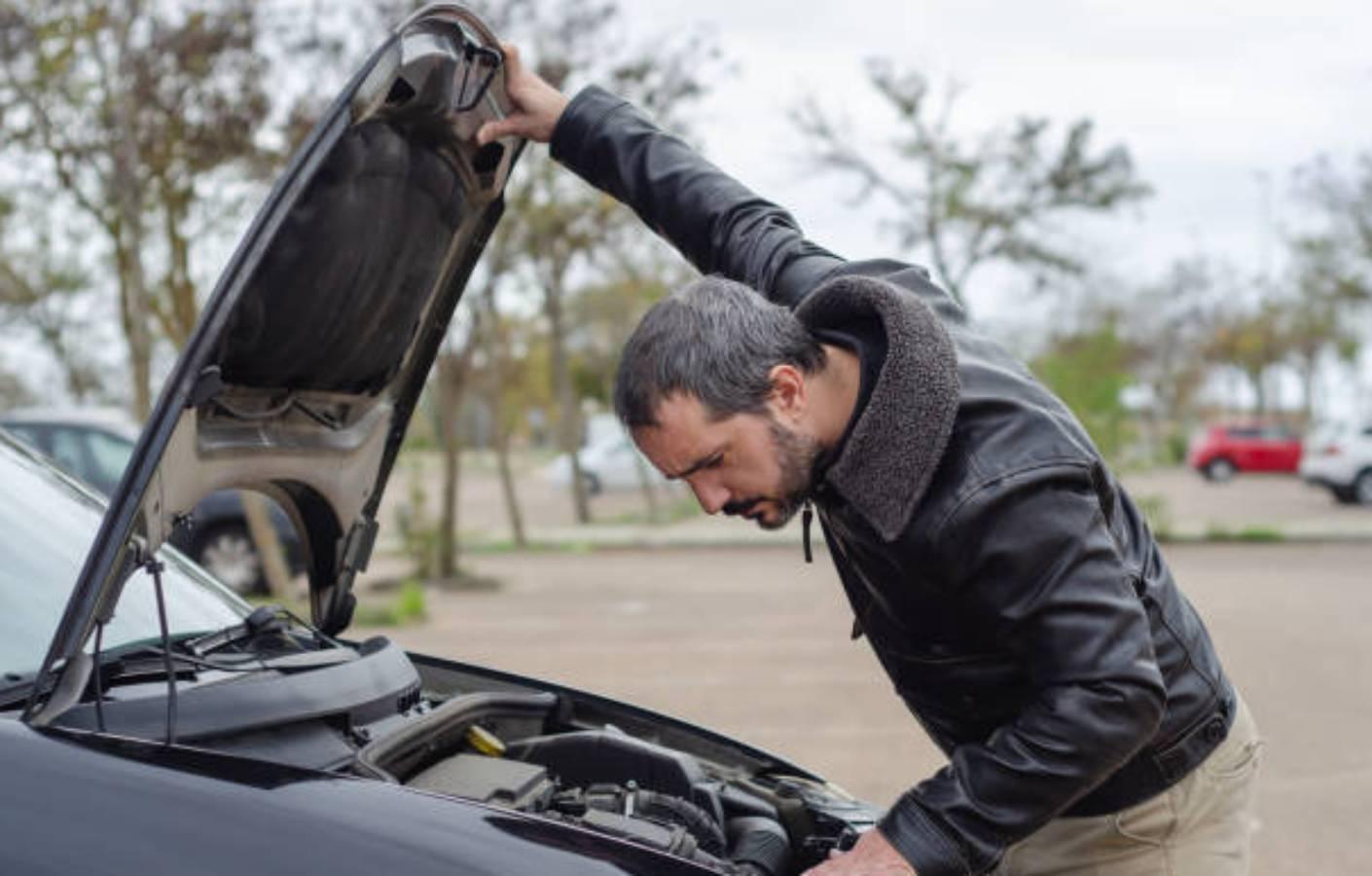Since the birth of lithium ion battery, lithium ion battery with its own advantages (high output voltage, high capacity and stable embedded material structure) has rapidly gained the attention of the industry and scientific research circle. In the following days, new materials related to lithium ion battery continue to emerge, key equipment and production and manufacturing technology develop rapidly, the energy density of lithium ion battery continues to rise, and the cost performance continues to improve
What is a lithium-ion battery?
A lithium-ion battery is a rechargeable battery, which mainly relies on the movement of lithium ions between the positive and negative electrodes to work. In the charging and discharging process, Li+ is embedded and disembedded back and forth between the two electrodes: when charging the battery, Li+ is disembedded from the positive electrode, through the electrolyte into the negative electrode, the negative electrode is in a lithium-rich state; The opposite is true when discharging. Batteries with lithium as electrodes are common. It is representative of a modern high-performance battery.
A lithium-ion battery (also called a battery pack) consists of multiple connected lithium-ion cells. Battery packs for large consumer electronics like laptop computers also contain temperature sensors, voltage regulator circuits, voltage taps, and charge-state monitors. These components minimize safety risks like overheating and short-circuiting. To power, larger devices, such as electric cars, connecting many small batteries in a parallel circuit is more effective and more efficient than connecting a single large battery.
lithium-ion batteries are suitable for storing high-capacity power, they are used in a wide range of applications, including consumer electronics such as smartphones and PCs, industrial robots, production equipment, and automobiles.

How Does A Lithium-ion Battery Work?
All lithium-ion batteries work in broadly the same way. When the battery is charging up, the lithium-cobalt oxide, positive electrode gives up some of its lithium ions, which move through the electrolyte to the negative, graphite electrode and remain there. The battery takes in and stores energy during this process. When the battery is discharging, the lithium ions move back across the electrolyte to the positive electrode, producing the energy that powers the battery. In both cases, electrons flow in the opposite direction to the ions around the outer circuit. Electrons do not flow through the electrolyte: it's effectively an insulating barrier, so far as electrons are concerned.
How do lithium-ion batteries compare with lead-acid ones?
Generally, lithium-ion batteries are lighter and can be charged more rapidly than lead-acid batteries. And lithium-ion batteries are more environmentally friendly since they don't contain any substance with a high environmental load. Typically for lithium-ion batteries, they are at least 95% efficient, whereas lead-acid batteries offer efficiencies around 80-85%. This is important as it allows the battery to charge faster and have a more effective battery capacity, which relates to how much energy can be stored by the battery.
How should lithium-ion batteries be maintained?
Lithium-ion battery packs are expensive, so if you want to make yours last longer, Charge or discharge the battery to approximately 50% of capacity before storage. Lithium-ion chemistry prefers partial discharge to deep discharge, so it's best to avoid taking the battery all the way down to zero. Since lithium-ion chemistry does not have a "memory", you do not harm the battery pack with a partial discharge. If the voltage of a lithium-ion cell drops below a certain level, it's ruined.
Charge the battery to approximately 50% of capacity at least once every six months.
Avoid heat, which degrades the batteries. Store the battery at temperatures between 5 °C and 20 °C (41 °F and 68 °F).
Remove the battery and store it separately from the product.
Lithium-ion batteries age. They only last two to three years, even if they are sitting on a shelf unused. So do not "avoid using" the battery with the thought that the battery pack will last five years. It won't. Also, if you are buying a new battery pack, you want to make sure it is new. If it has been sitting on a shelf in the store for a year, it won't last very long. Manufacturing dates are important.
Recycling and utilization of Lithium-ion batteries?
Given that stockpiling of waste batteries is potentially unsafe and environmentally undesirable, if direct re-use of a LIB module is not possible, it must be repaired or recycled. End-of-life LIB recycling could provide important economic benefits, avoiding the need for new mineral extraction20 and providing resilience against vulnerable links21 and supply risks22 in the LIB supply chain. For most remanufacture and recycling processes, battery packs must be disassembled to module-level at least.
Li-ion batteries contain less toxic metals than other types of batteries which may contain lead or cadmium, they are generally categorized as non-hazardous waste. Li-ion battery elements including iron, copper, nickel, and cobalt are considered safe for incinerators and landfills. These metals can be recycled, usually by burning away the other materials, but mining generally remains cheaper than recycling; recycling may cost $3/kg, and in 2019 less than 5% of lithium-ion batteries were being recycled. Since 2018, the recycling yield was increased significantly, and recovering lithium, manganese, aluminum, the organic solvents of the electrolyte, and graphite is possible at industrial scales. The most expensive metal involved in the construction of the cell is cobalt. Lithium is less expensive than other metals used and is rarely recycled, but recycling could prevent a future shortage.
Recommended Reading: What‘s the difference between lithium and lithium-ion batteries





Leave a comment
All comments are moderated before being published.
This site is protected by hCaptcha and the hCaptcha Privacy Policy and Terms of Service apply.